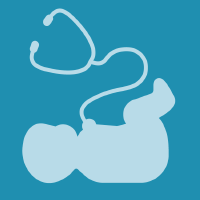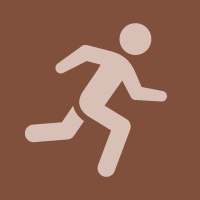Topic Editors



Recent Advances in Physical Education and Sports

Topic Information
Dear Colleagues,
This Topic aims to present the latest research results on advances in the teaching of physical education and sports training in the school context.
Research results in this area must be disseminated to facilitate the intervention that teachers and coaches carry out with school-aged children.
The use of active and participatory teaching and training methodologies is improving the training of school-aged children. The advantages that these practices have for young people on a motor, physiological, psychological, or social level have been demonstrated.
It is evident that the practice of physical activity is essential for the development of children and adolescents. To do this, these practices must be in line with the recommendations of the World Health Organization to guarantee the health of children and adolescents.
Physical education classes and training with children must be carried out in sustainable environments, considering the formal elements of teaching, as well as contextual, local, and national factors, which allow a better implementation of teaching and training processes, as well as a better adaptation to the characteristics of young people.
This Topic includes theoretical works and reviews of the established literature on the object of study. It will also examine works that collect the results of empirical research developed with populations of children and adolescents in the school and training context, showing new trends and advances in the teaching and training processes which improve the teaching−learning processes and facilitate sustainability.
Prof. Dr. Sergio José Ibáñez Godoy
Prof. Dr. Sebastian Feu
Prof. Dr. Pedro Saenz-Lopez Buñuel
Prof. Dr. Juarez Vieira do Nascimento
Prof. Dr. Jesus Medina-Casaubón
Topic Editors
Keywords
- sport
- physical education
- school-aged
- teachers
- coaches
- teaching methodology
- training methodology
- pedagogical variables
- internal and external load
Participating Journals
| Journal Name | Impact Factor | CiteScore | Launched Year | First Decision (median) | APC | |
|---|---|---|---|---|---|---|

Children
|
2.0 | 2.7 | 2014 | 14.4 Days | CHF 2400 | Submit |

Education Sciences
|
2.5 | 4.8 | 2011 | 26.8 Days | CHF 1800 | Submit |

Sports
|
2.2 | 4.1 | 2013 | 20.4 Days | CHF 1800 | Submit |

MDPI Topics is cooperating with Preprints.org and has built a direct connection between MDPI journals and Preprints.org. Authors are encouraged to enjoy the benefits by posting a preprint at Preprints.org prior to publication:
- Immediately share your ideas ahead of publication and establish your research priority;
- Protect your idea from being stolen with this time-stamped preprint article;
- Enhance the exposure and impact of your research;
- Receive feedback from your peers in advance;
- Have it indexed in Web of Science (Preprint Citation Index), Google Scholar, Crossref, SHARE, PrePubMed, Scilit and Europe PMC.



